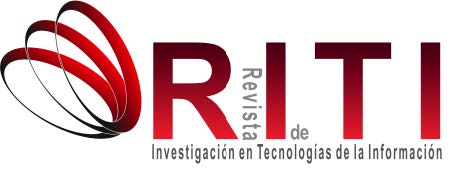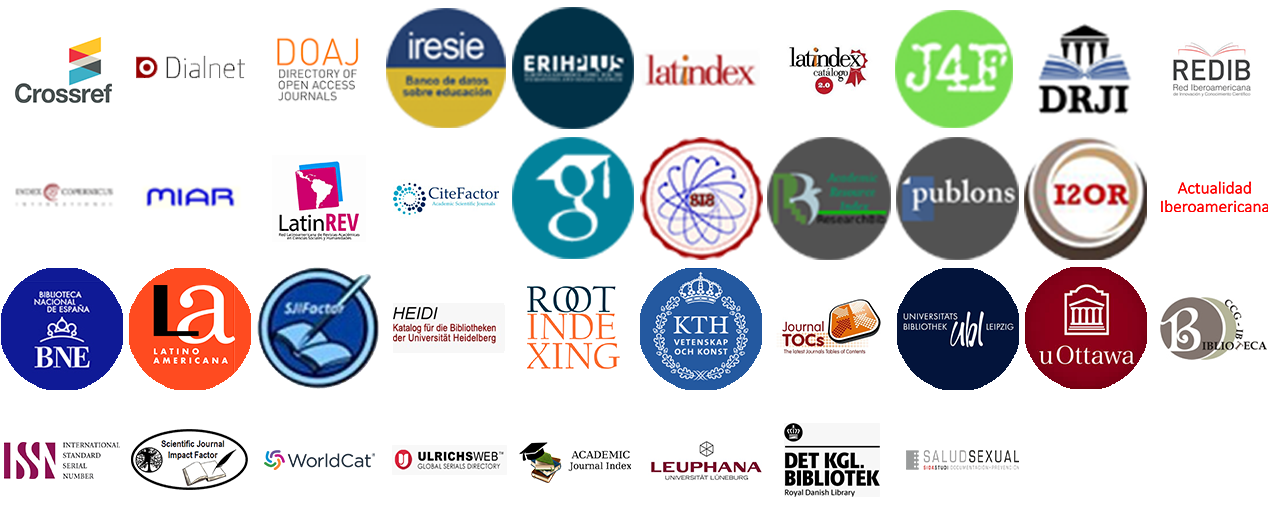SOCIAL NETWORKS AND THEIR INFLUENCE ON SCHOOL PERFORMANCE OF HIGHER-LEVEL STUDENTS
DOI:
https://doi.org/10.36825/RITI.03.05.003Keywords:
Social Networks, Academic Performance, Higher Education, ICTAbstract
Social networks are known as a grouping of people within a specific topic, called Virtual Community. Different studies, in this sector, have aroused the interest to know the behavior of the students in front of these tools and their possible applications within the pedagogical scope. Currently students are surrounded by many distractors, among which are the different social networks, technology not used as it should. This research progress shows a methodological proposal to analyze data and find results tending to generate proposals and recommendations for the implementation of social networks in the education sector. A descriptive research was carried out based on surveys, where the nature and existing habits on social networks of the Facultad de Informática Mazatlan were evaluated. As future work, it is expected to disseminate the results of this research in national and international forums.
References
Cabero Almenara, J. Tecnología Educativa. Madrid, Síntesis, 1999.
Artero Balaguer, N. La interacción como eje de aprendizaje en las redes sociales (2011). URL: http://www.educaweb.com/noticia/2011/01/31/interaccion-como-eje-aprendizajeredes-sociales-14570.html. (23.01.2015).
Mcgee, J.; Sammut, T. A. Network Industries in the New Economy”, European Business Journal, Vol. 14, 3(2009), pp. 116-132.
Raphael A.; Christoph. Z. Value creation in e-business, The Wharton School, University of Pennsylvania, Philadelphia, Pennsylvania, U.S.A.
Boyd, D.M.; Ellison, N.B. Social Network Sites: Definition, History, and Scholarship. 2007. Journal of Computer-Mediated Communication, 13 (1), Article 11. URL: http://onlinelibrary.wiley.com/doi/10.1111/j.1083-6101.2007.00393.x/pdf. (04.12.2014).
Torres, B. Las redes sociales en adolescentes y jóvenes: un aprendizaje hacia la autorregulación. 2011.
Garrigós, I. La influencia de las redes sociales en el aprendizaje colaborativo. 2010.
De Frutos, B. T. Perfiles de adolescentes on line y su comportamiento en el medio interactivo. 2014.
Bartolomé, A. E-Learning 2.0-Posibilidades de la Web 2.0 en la Educación Superior. Curso E-Learning 2.0. 2008. URL: http://www.lmi.ub.es/cursos/web20/2008upv/. (04.01.2015).
Urueña, A.; Ferrari, A.; Blanco, D.; Valdecasa, E. Las Redes Sociales en Internet. 2011. URL: http://www.ontsi.red.es/ontsi/sites/default/files/redes_sociales-documento_0.pdf. (10.01.2015)
León, A. Concepto 05. URL: http://www.concepto05.com/2012/02/cual-es-la-funcion-social-de-las-redes-sociales/. 2012. (05.02.2015).
Downloads
Published
How to Cite
Issue
Section
License
Copyright (c) 2015 Revista de Investigación en Tecnologías de la Información

This work is licensed under a Creative Commons Attribution-NonCommercial 4.0 International License.
Esta revista proporciona un acceso abierto a su contenido, basado en el principio de que ofrecer al público un acceso libre a las investigaciones ayuda a un mayor intercambio global del conocimiento.
El texto publicado en la Revista de Investigación en Tecnologías de la Información (RITI) se distribuye bajo la licencia Creative Commons (CC BY-NC
 ), que permite a terceros utilizar lo publicado citando a los autores del trabajo y a RITI, pero sin hacer uso del material con propósitos comerciales.
), que permite a terceros utilizar lo publicado citando a los autores del trabajo y a RITI, pero sin hacer uso del material con propósitos comerciales.



